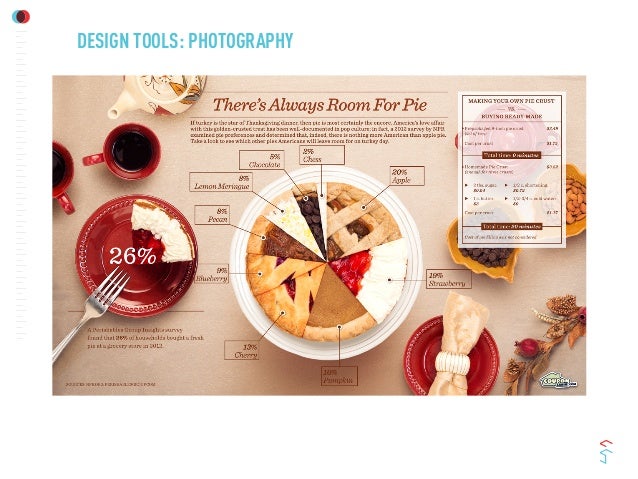What Every Professional Photographer Should Know About Lighting
What Every Professional Photographer Should Know About Lighting
Blog Article
Material By-Gillespie Godwin
As a photographer, you recognize that illumination can make or damage your photos. Understanding the nuances of both all-natural and artificial light is vital for capturing the mood and clarity you aim for in your job. Whether you're going after the best golden hour radiance or fine-tuning your fabricated configurations, understanding these elements can raise your photography considerably. But there prevail mistakes that lots of forget, and identifying them can change your method to every shoot. Let's discover what you may be missing and exactly how it can affect your results.
Understanding All-natural Light
Comprehending natural light is crucial for any professional photographer aiming to enhance their work. It's the foundation of fantastic photography, influencing mood, tone, and clarity. When you fire outdoors, focus on the time of day. The gold hour-- quickly after sunup and prior to sundown-- uses soft, cozy light that can transform common scenes right into magnificent images.
Don't underestimate the power of overcast days. Cloud cover diffuses sunshine, creating a soft, also light that's best for portraits and macro photography. You'll discover colors appear this type of illumination without rough shadows.
Placing matters, as well. Always consider your subject's alignment to the light. If the sun's behind your subject, you may wind up with a shape, which can be significant however mightn't be what you want. Conversely, direct sunshine can produce uncomplimentary shadows.
Experiment with angles; in some cases, changing your perspective can generate impressive results. Use Pro photographer near me , like water or sand, to bounce light onto your topic, adding dimension.
Mastering Artificial Light
Grasping fabricated light is crucial for professional photographers that want to take their skills to the following degree. Whether you're making use of speedlights, studio strobes, or continual lights, recognizing exactly how to adjust these resources can considerably enhance your pictures.
Beginning by acquainting on your own with the fundamentals of light top quality, instructions, and color temperature. Explore various modifiers like softboxes, umbrellas, or grids to regulate the gentleness or cruelty of the light.
You'll locate that soft light usually creates lovely outcomes, while harsher light can include drama and deepness. Do not shy away from copyright photography can improve the three-dimensionality of your subjects.
Pay close attention to the placement of your lights. A light positioned also close to your subject can develop unflattering outcomes, while as well far away can cause a lack of information. Utilize a light meter or your video camera's histogram to guarantee you're subjecting appropriately.
Lastly, bear in mind that man-made light can be blended with ambient light for innovative impacts. Stabilizing these sources could take technique, but once you master it, your digital photography will truly radiate.
Strategies for Different Circumstances
When you step into different capturing situations, adjusting your illumination methods is crucial for recording the best pictures. For outside portraits, make use of the gold hour-- early morning or late afternoon light-- to soften darkness and boost skin tones.
If it's an extreme lunchtime sunlight, think about utilizing a reflector to bounce light back onto your topic or look for shaded areas for a much more also exposure.
In low-light scenarios, like interior occasions, enhance your ISO and utilize a wide aperture to let in even more light. A tripod can aid remove video camera shake, enabling longer direct exposures without blurring.
If you're contending evening, try out off-camera flash to produce dynamic illumination and depth in your photos.
For product photography, make use of diffused lights to prevent rough reflections. Softboxes or light camping tents can help accomplish this result.
When photographing landscapes, take into consideration the instructions of light and time of day, as it can significantly transform the mood of your shot.
Always be ready to readjust your settings and placing based on the situation, as flexibility is crucial to grasping illumination in digital photography.
Conclusion
In conclusion, understanding illumination is essential to elevating your digital photography skills. Embrace all-natural light's charm during golden hour, and don't shy away from experimenting with fabricated light methods. By adjusting your approach to various circumstances, you'll record spectacular pictures that resonate with feeling and clarity. Keep in mind, the ideal lights can transform an average shot into something remarkable, so keep exercising and fine-tuning your understanding of both all-natural and fabricated light. Delighted capturing!
